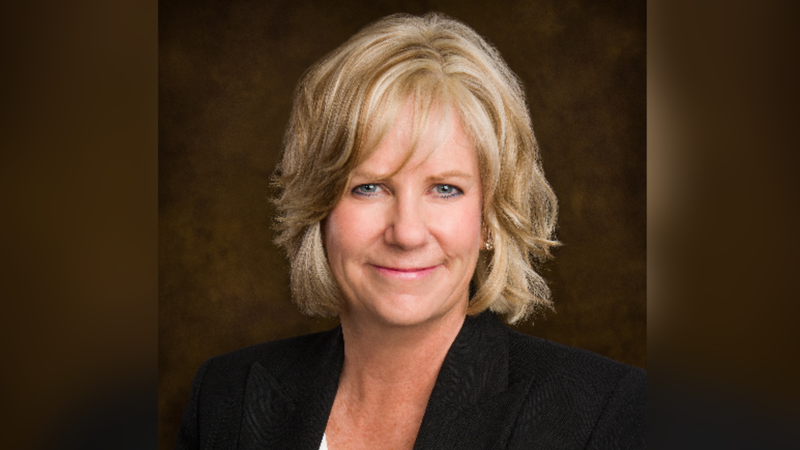In the quiet hours of a Thursday afternoon, Susan Brown sent an email that marked the end of an era for healthcare in British Columbia’s Interior region. After seven years at the helm of Interior Health Authority, Brown announced her resignation as President and CEO, effective September 1, 2025.
“It has been the privilege of my career to serve the communities of the Interior,” Brown wrote in her message to staff, which quickly circulated beyond the organization’s walls. “The decision to step away has been difficult, but the time is right for new leadership to guide Interior Health through its next chapter.”
I’ve spent the past week speaking with healthcare workers, community leaders, and patients across the region, trying to understand what this leadership change might mean for a health authority that serves nearly 800,000 people across a vast geographical area stretching from the Cariboo to the Kootenays.
Interior Health has faced mounting challenges in recent years. Emergency department closures in smaller communities have become increasingly common, with facilities in places like Clearwater and Princeton experiencing temporary shutdowns due to staffing shortages. The organization has also struggled with recruitment and retention of healthcare professionals, particularly in rural and remote areas.
“Susan inherited a tough situation and led us through even tougher times,” says Dr. Marianne Morgan, a family physician in Kamloops who has worked within the Interior Health system for over a decade. “The pandemic put extraordinary pressure on an already strained system, and while there were missteps, there were also innovations that wouldn’t have happened otherwise.”
Under Brown’s leadership, Interior Health expanded virtual care options significantly, launched several Indigenous health initiatives, and navigated the complex challenges of the COVID-19 pandemic. According to data from the BC Centre for Disease Control, the Interior region managed to maintain lower per-capita hospitalization rates than several other health authorities during critical waves of the pandemic.
Brown’s tenure hasn’t been without controversy. In 2023, Interior Health faced criticism for administrative spending increases that outpaced front-line service investments. A report from the BC Health Coalition showed that administrative costs rose by 12% between 2020 and 2023, while direct patient care funding increased by only 7% during the same period.
“The priorities sometimes felt misaligned,” says Michael Sanderson, a registered nurse who works at Kelowna General Hospital. “We’d hear about new executive positions being created while we were constantly short-staffed on the floor. It created resentment.”
Walking through the corridors of Royal Inland Hospital in Kamloops yesterday, I spoke with patients waiting for care. Evelyn Thomason, an 83-year-old resident of Ashcroft, had been waiting four hours for an appointment with a specialist. “I don’t know who’s in charge up top, but I know the people taking care of me are doing their best with what they’ve got,” she told me, her hands resting on a well-worn paperback novel she’d brought to pass the time.
This sentiment—of frontline workers making do despite systemic challenges—emerged as a consistent theme in my conversations across the region.
Brown’s departure comes at a critical juncture for healthcare in British Columbia. The provincial government recently announced a $1.2 billion healthcare transformation plan, with significant portions earmarked for improving rural and Indigenous health services. Interior Health is slated to receive approximately $270 million of this funding over the next three years, according to the Ministry of Health.
Dr. Doug Cochrane, Chair of the Interior Health Board of Directors, acknowledged Brown’s contributions while emphasizing continuity. “Susan has built a strong foundation,” he stated in the official announcement. “The Board is confident that the strategic direction we’ve established will continue to guide the organization through this transition.”
The search for Brown’s replacement will begin immediately, with the Board planning to appoint an interim CEO by August to ensure a smooth handover. According to sources familiar with the process, the search committee will prioritize candidates with experience managing healthcare in rural and remote settings.
Chief Clarence Louie of the Osoyoos Indian Band, who has worked closely with Interior Health on Indigenous health initiatives, expressed hope that the leadership change might accelerate progress on cultural safety commitments. “We’ve seen some good first steps, but there’s still a long way to go,” he said when I reached him by phone. “A new leader should come in understanding that Indigenous health is not just a box to check—it requires fundamental change.”
As the sun sets over Kamloops, casting long shadows across the city’s healthcare facilities, the question on many minds is whether this leadership change will translate to tangible improvements for patients and healthcare workers alike.
For Susan Brown, who rose through the ranks from her initial position as a registered nurse in the UK to leading one of BC’s largest health authorities, the legacy is still being written. In her parting message, she noted: “Healthcare is always evolving, always challenging us to do better. I’m proud of what we’ve accomplished together, but I know there is more work ahead.”
That work will soon fall to someone new, who will inherit both the progress made and the problems that persist in a healthcare system that remains essential, imperfect, and deeply human.






